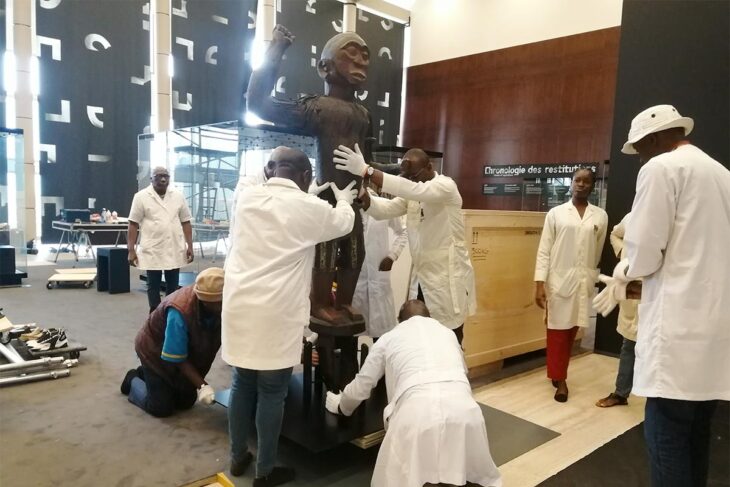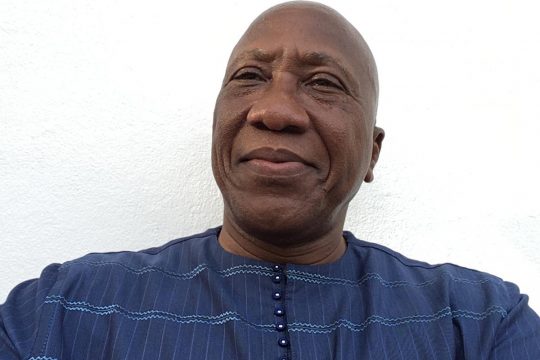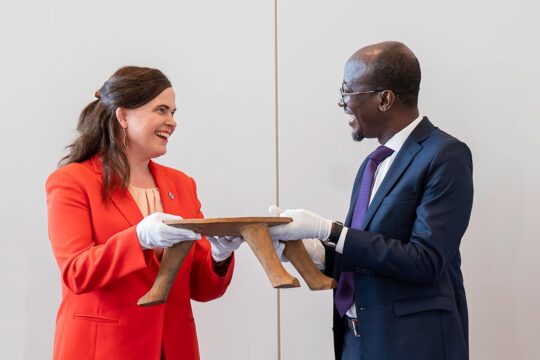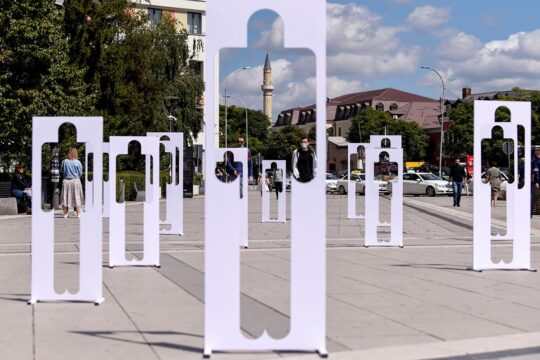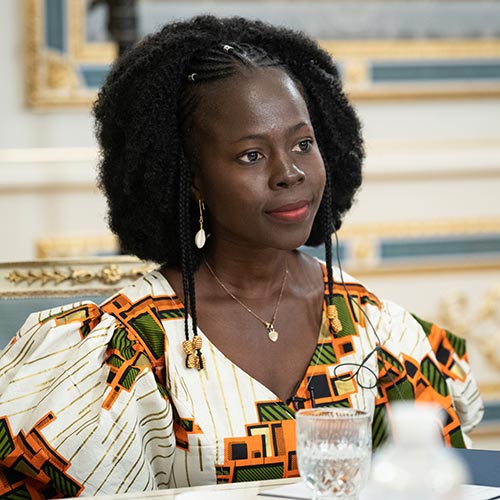In 2022, the 26 royal treasures that France handed back to Benin were the attraction in Cotonou, the country's economic capital, for exactly 66 days. Officially, 221,507 people visited the presidential palace, specially fitted out to host the temporary exhibition of these works looted 120 years earlier by French colonists.
After that, the royal pieces were to be the stars of the rehabilitated former Portuguese fort in Ouidah, about 30 kilometres from Cotonou. But they have been stored for three months in a storeroom at the Marina Palace, the official residence of President Patrice Talon, and it is not clear for how long. From January 5 to 13, 2023, the three statues, three thrones and four royal doors were meticulously dismantled from showcases and placed in boxes. The same goes for the four assens (portable altars), three recades (royal sceptres), the royal stool, the gibecière bag, the loom and spindle, as well as the calabash with lid and the amazon uniform.
On November 10, 2021, in his speech at the reception ceremony for the returned works, the Culture Minister presented the plans: "The works will go to Ouidah for a three-year temporary exhibition at the Portuguese fort, in the governor's house, pending the completion of the Museum of the Kings and Amazons of Dahomey, the MuRAD, in Abomey." One year and five months later, Ouidah is not yet ready. It was expected to be ready at the end of 2022. We were unable to access the site, which appears from afar still to be under construction. The metal sheets surrounding it are covered with tarpaulins in some places. The dirt road surrounding it is in a similar state, with signs indicating that it is closed. Inside the old Portuguese fort, some imperfections would have required a rework, says a knowledgeable source. According to this source, the fort will not be ready until November 2023, for an opening in January 2024.
According to several sources, Ouidah may not host the 26 royal treasures at all before they leave for Abomey. The issue is expected to be decided by October-November.
Ouidah residents not happy
Such an eventuality obviously does not please Ouidah’s inhabitants. Codjo Zomankpé sits in the shade of a tree near the construction site. "It would be a disappointment if these works did not come here. Ouidah is a crossroads! It is the cradle of vodoun [or vodou, a religion that originated in the ancient kingdom of Dahomey] and yet is often neglected," says this native of the city. On the other side of the paved road, two ladies are sitting near their stalls. "If we don't welcome our works, we won't be happy at all. We have been waiting for this for a long time. We hope that when our works come here, it will allow us to have many more customers, because it will be crowded," says one of them. The second, more reluctant to speak on the subject, thinks that the arrival of the royal treasures is above all a matter of honour for the city.
The motorcycle cab drivers, recognizable by their green shirts, also fear this possible bad fate. "Tell them that we implore them to bring these works to Ouidah. It is about the development of the city," says one of them. "We don't agree with this plan," says another driver in the parking lot near the Zobè market, who thinks that the decision has already been made.
While reactions in the street are strong, the court of the local dignitary is more measured. Head of the dignitaries of Vodoun, Daagbo Hounon Tomandjrèhounkpon 2 Houwamenou, says it doesn't matter where the works are going next, as long as they are in Benin. "If the government sees fit to bring the works directly to Abomey, that's fine,” he said. “Let's give credit where credit is due. Abomey is still Benin. We will not be disappointed if this is the case. Ouidah still attracts people as the cradle of Vodoun." The ongoing construction in the old fort of the International Museum of Remembrance and Slavery is in itself a reason for this guardian of religious traditions to be satisfied.
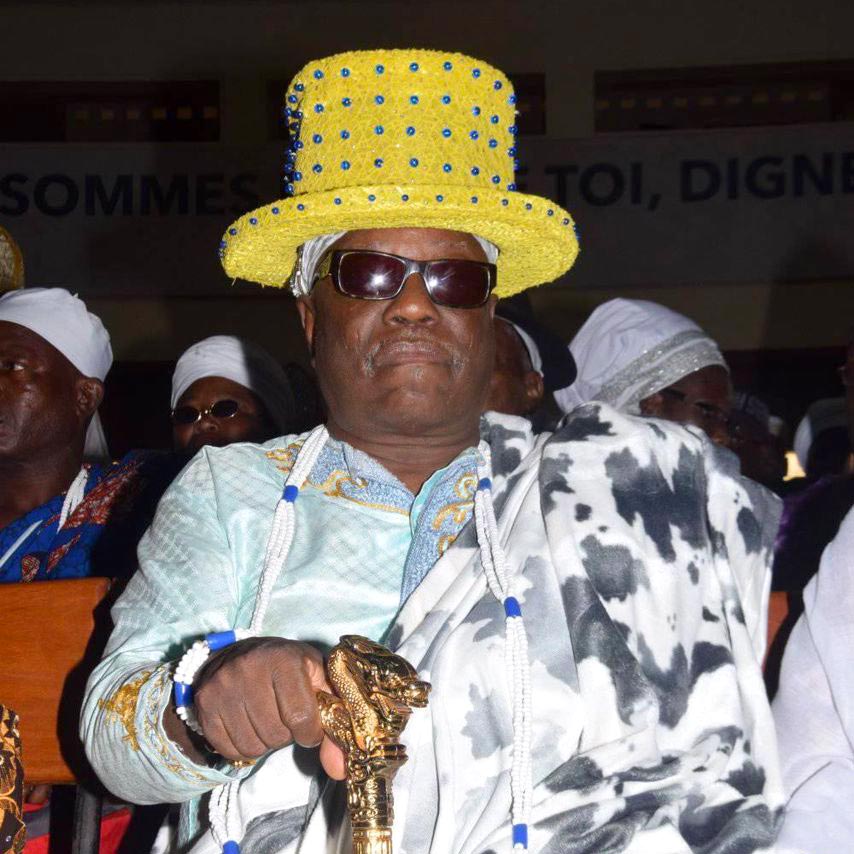
What is the status of the MuRAD in Abomey?
In Abomey, construction is scheduled for completion in early 2025. But archaeological excavations have been underway since January. When Justice Info went there on February 18, a dozen archaeologists were hard at work in the courtyard. Trenches, rectangular-shaped pits, small and very large cavities covered the site. Equipped with picks, chisels and shovels for some, brushes and theodolites for others, they combed through the potential remains buried in the ground. The team discovered shards of pottery, pipes, millstones, a place of worship, asens (portable altars) and bones, says Gerard Kouagou, assistant at the Laboratory of Art, Archaeology, Heritage and Tourism Expertise at the University of Abomey-Calavi, which was entrusted with the work.
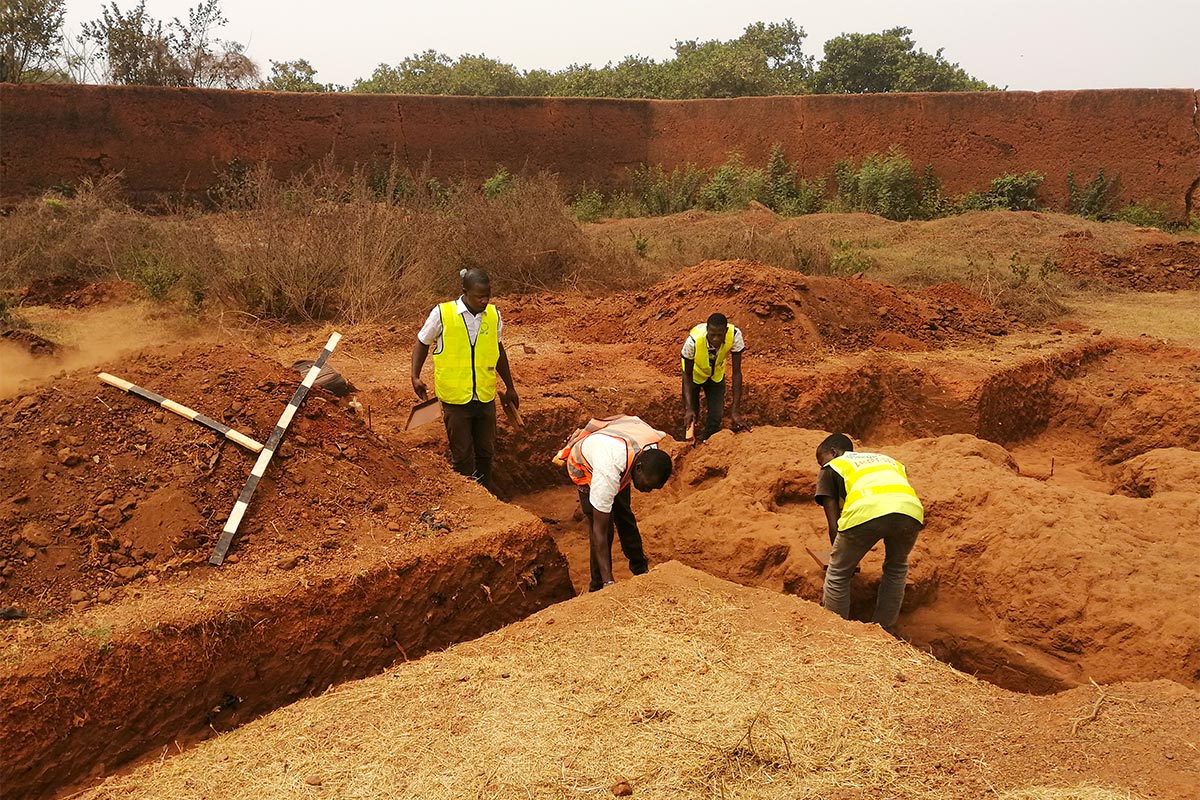
The director, archaeologist Didier N'Dah, explains that this is preventive archaeology, taking place "before major works destroy a site”. The aim is to understand and describe the various structures on the ground. The excavations should last until the end of April. It will be up to the National Agency for Heritage Promotion and Tourism Development (ANPT) to decide what to do next.
But in the meantime, the long-awaited treasures whose return was celebrated as the symbol of an exemplary restitution of cultural goods looted during colonization, have returned to their boxes, far from the eyes of the Beninese.


